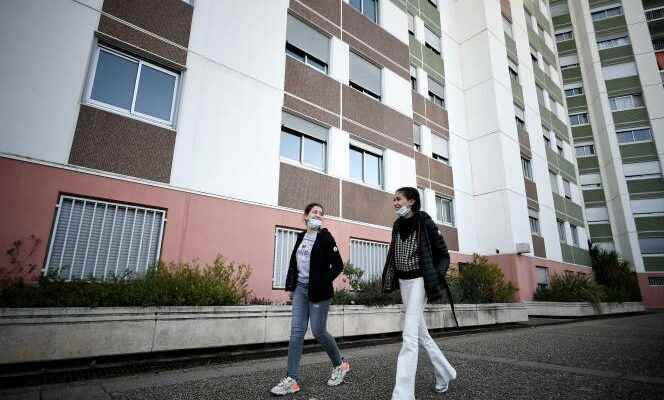“Me, I want my children to get out of the city, I find it important that they confront other cultures, that they see young people who don’t look like them. Here in the neighborhood there is a high concentration of people with an immigrant background, it is not good “, annoys Zaïma Hamdaoui. She lives in Grand Mirail, a priority district in the south-west of Toulouse. So when, in 2016, the Haute-Garonne department set out its plan to review the school map to improve social diversity, this mother of two teenage girls welcomes the news with enthusiasm.
The capital of Occitania is not the only city in France affected by school segregation. This phenomenon affects the entire national territory. According to a 2015 report by the National Center for the Study of School Systems (Cnesco), “10% of students attend an establishment that welcomes at least 63% of students from very disadvantaged social backgrounds”. This lack of diversity is partly explained by the school map, which means that students are educated not far from home – which, in a context of strong urban segregation, reinforces the ghettoization of certain establishments.
On the strength of this observation, some twenty territories, including the departments of Haute-Garonne and Paris, have undertaken experiments whose methods differ, but which have the same ambition: to allow children from different social classes to mix in the same school and, thus, to create a link. “It is about the unity of our Republic. By promoting diversity in classes and establishments, we fight against inequalities, promote academic success and restore social mobility. It is an integration tool”assures Georges Méric, president of the departmental council of Haute-Garonne.
A rather positive result
The City of Paris, where colleges appear to be the most segregated in France – the proportion of students from disadvantaged socio-professional categories varies from 0% to 61% –, has, for its part, chosen to review the rules of assignment of six colleges of the 18e and 19e districts, geographically close but very contrasting in their social composition. “The capital concentrates, on a relatively narrow territory, a socially diverse population with strong residential segregation. Two colleges located a few meters away can have very different social recruitment”, notes Julien Grenet, research director at the CNRS and co-deputy director of the Institute of Public Policy (IPP). The six colleges involved since the start of the 2017 school year in the experiment have been brought together two by two in three sectors (Antoine-Coysevox-Hector-Berlioz, Henri-Bergson-Edouard-Pailleron, Marie-Curie-Gérard-Philipe colleges). Students are assigned to one of the two establishments in the sector to which they belong, according to a procedure specific to each sector.
You have 57.12% of this article left to read. The following is for subscribers only.
